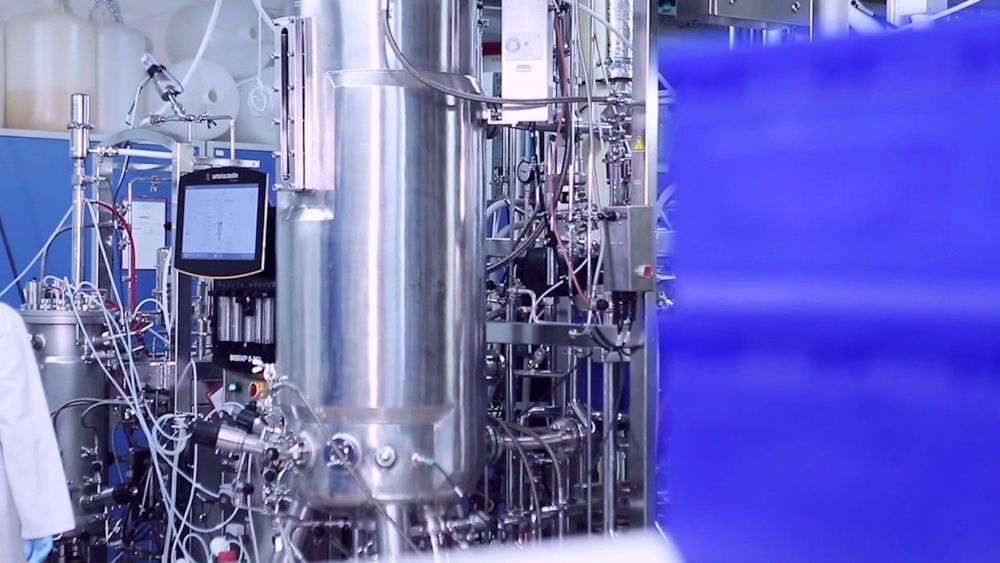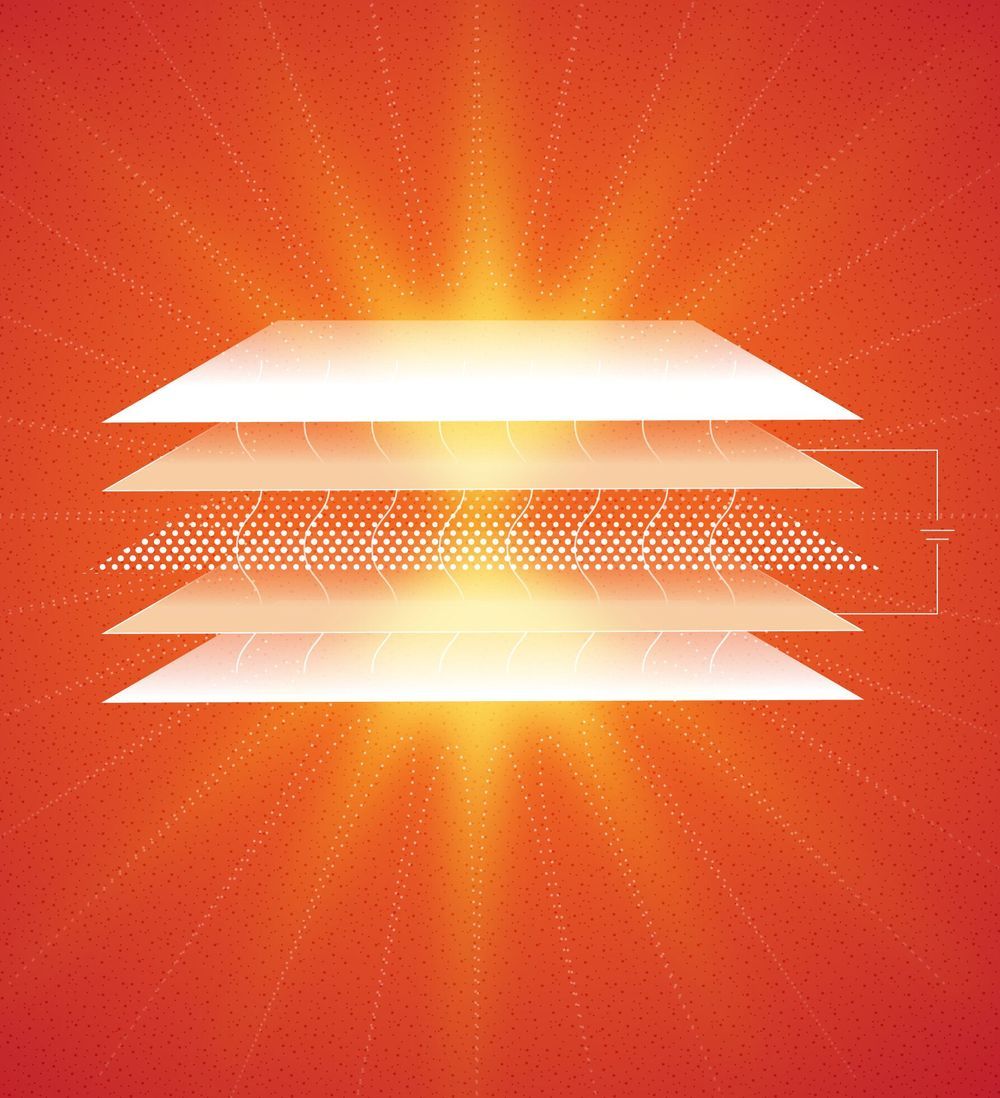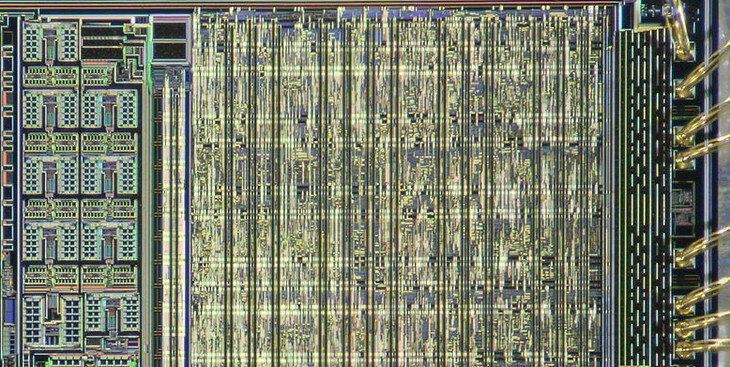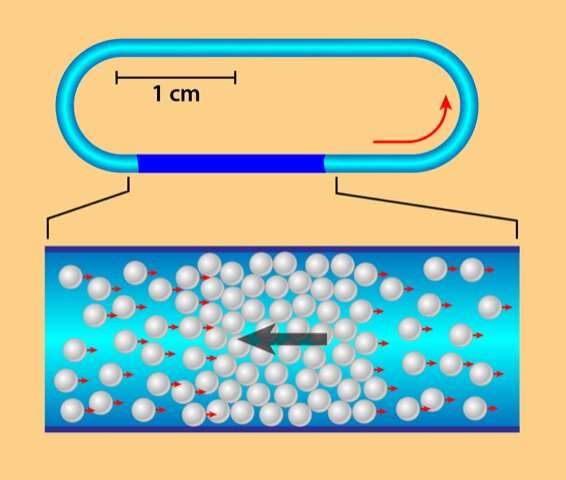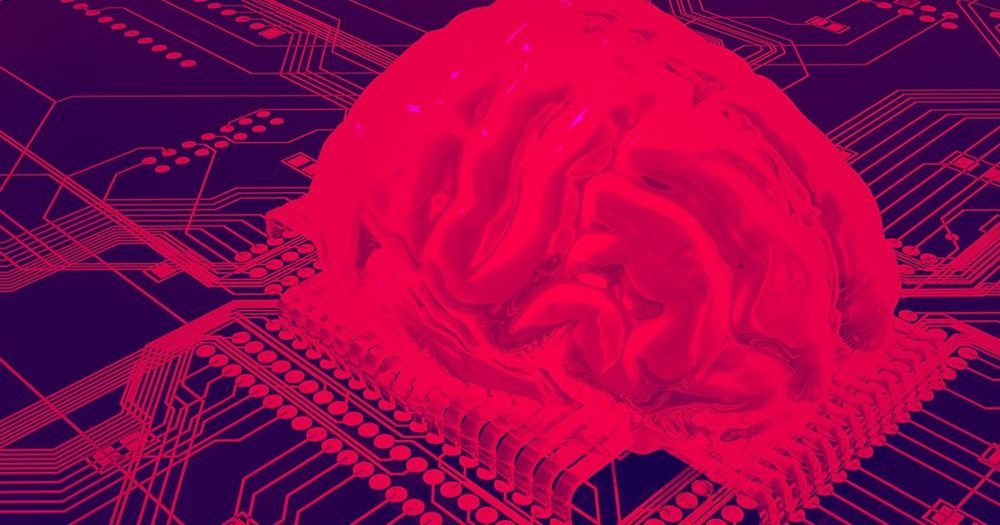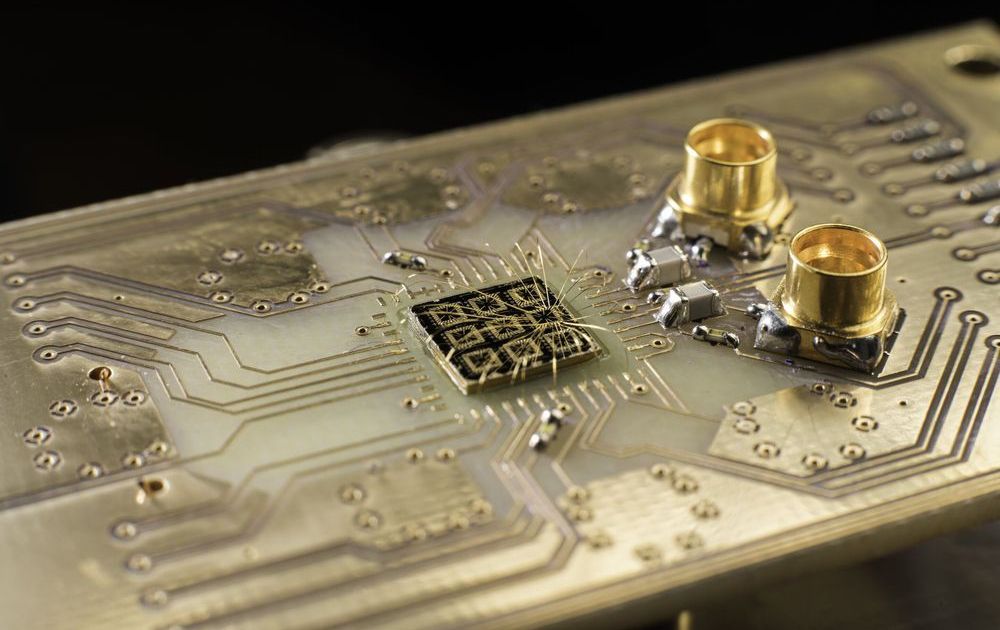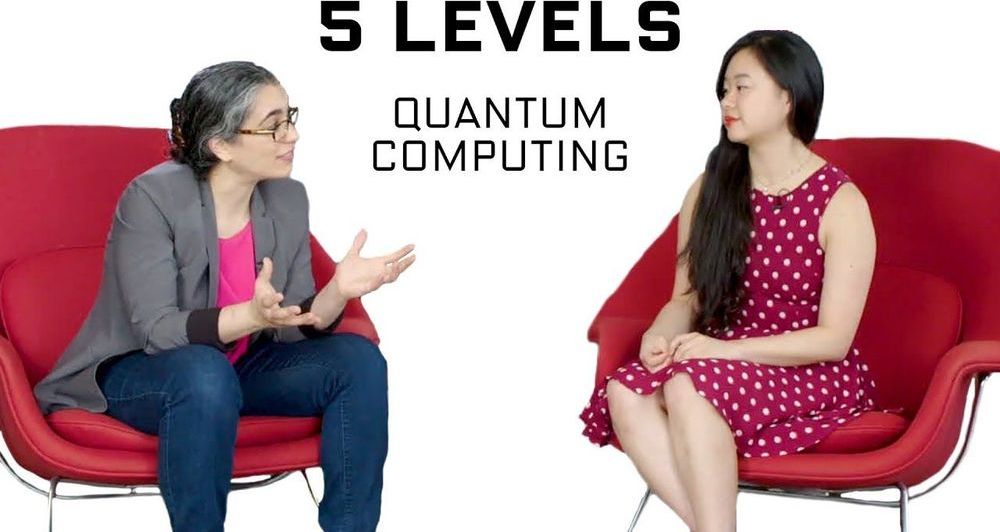Sep 27, 2019
DNA spells tomorrow: how DNA tech will impact our world
Posted by Klaus Baldauf in categories: biotech/medical, computing, engineering, food, neuroscience
When the structure of DNA was elucidated in 1953, an unimaginable world of possibilities was opened. But we couldn’t even begin to dream about how we would go about using such powerful knowledge. Thirty years later, PCR — the process to replicate DNA in the lab — was developed, and innovation exploded. In 2001 — nearly twenty years ago — the first full human genome was sequenced and published.
The information we’ve uncovered through DNA is enabling us to explore and develop solutions for a variety of problems, from how to mimic human disease in animal models to finding new treatments and cures for devastating diseases such as cancer and Alzheimer’s.
Continue reading “DNA spells tomorrow: how DNA tech will impact our world” »
